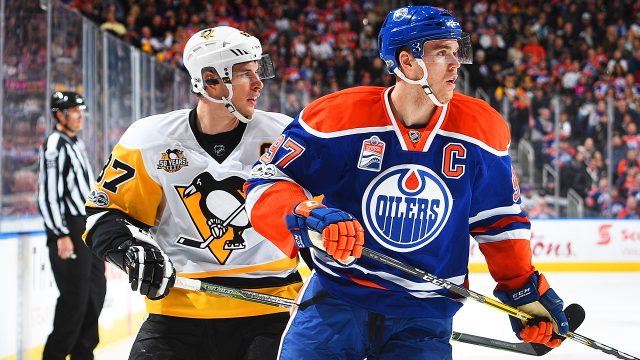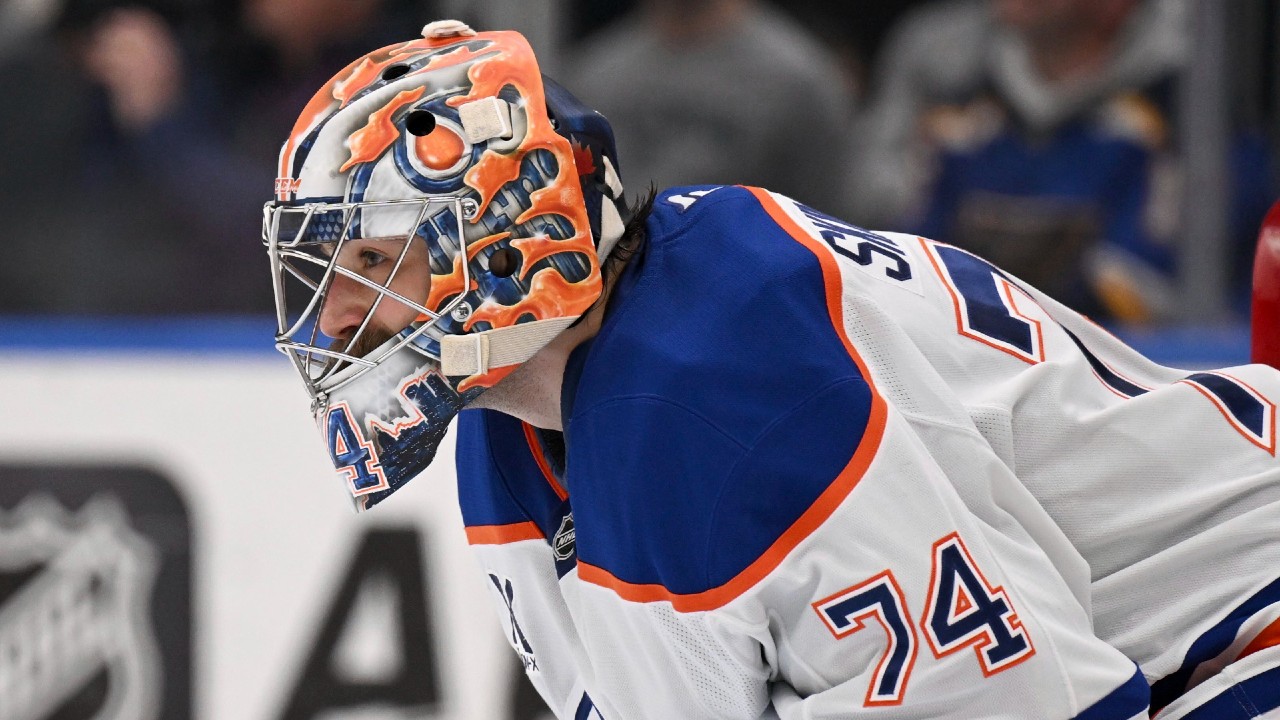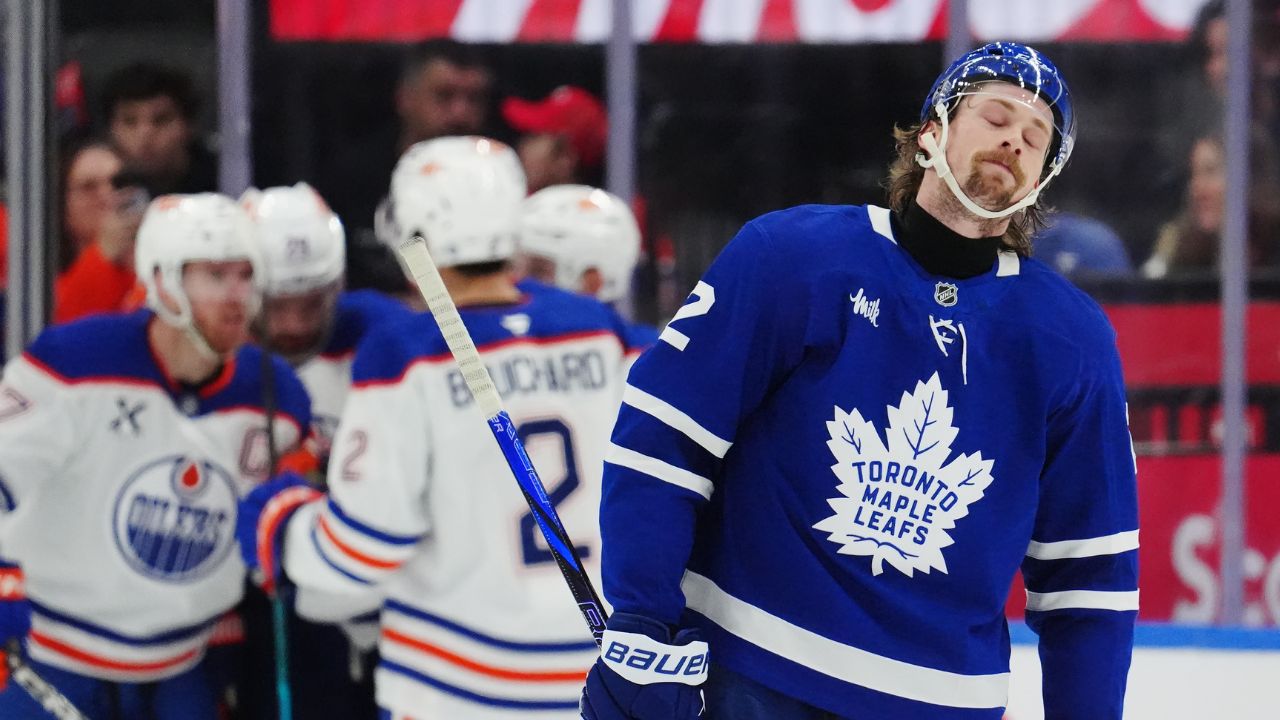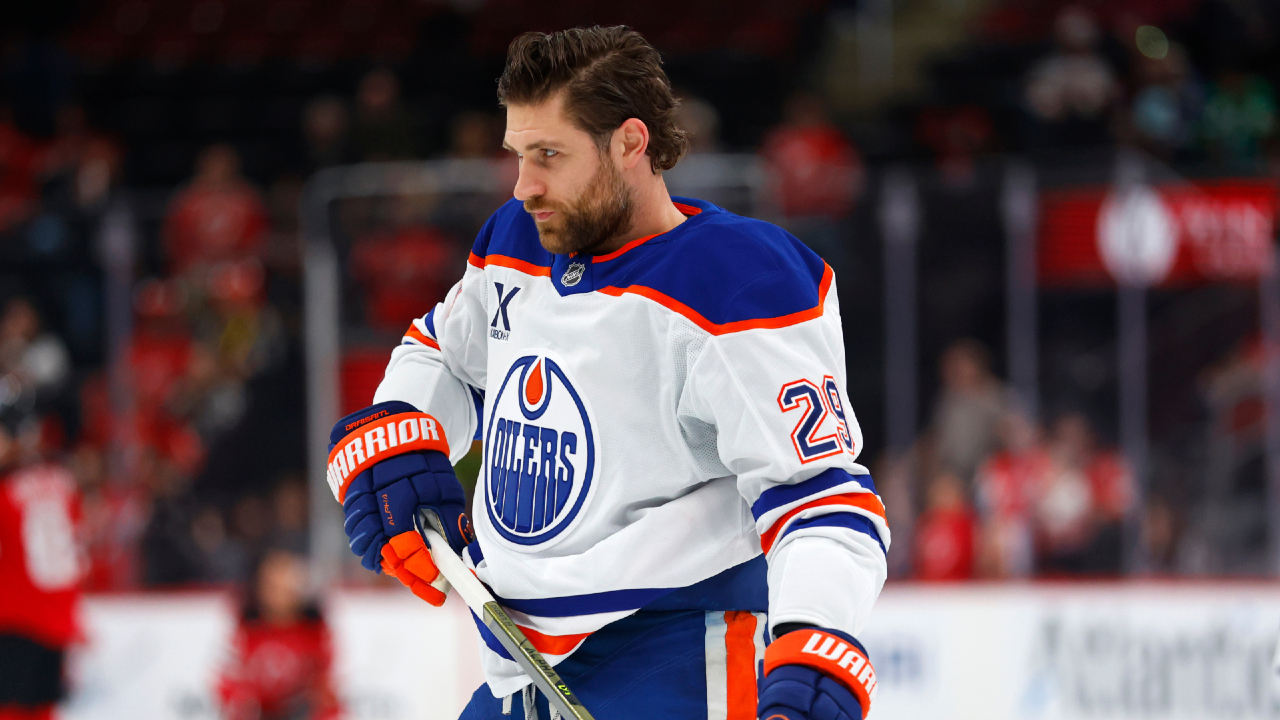
Few things in the NHL orbit trigger tongue-wagging like the release of new sweaters. As such, the “reverse retro” rollout we’ve witnessed — where teams incorporated old logos and flipped colour schemes for uniforms to be worn in the upcoming season — caused a predictable amount of drooling and derision.
Frankly, it was just fun to have hockey-related things to argue about again.
Of course, when it comes to bulging-eye debates, not even new sweaters can hold a candle to the blow torch of emotion that gets unleashed when a team makes a big trade. And since significant transactions, along with delightful weather, are a distant October memory, we thought we’d apply a reverse retro filter to five significant swaps from the past few years.
To be clear, the idea is to identify deals we — the opinionated puck public — have largely done an about-face on. Where once there was general consensus in one direction — obviously it’s never universal — now we’re tilting the other way.
Just for fun, we’ll go in reverse chronological order.
June 22, 2019
To Vancouver: LW J.T. Miller
To Tampa Bay: First-round pick, 2019 third-round pick, G Marek Mazanec
Take at the Time: This seemed like a young team making a win-now trade well ahead of schedule. Vancouver Canucks GM Jim Benning was helming a club that finished firmly outside of the 2019 post-season, as the Canucks missed the playoffs for a fourth straight year. Certainly optimism was in the air after Elias Pettersson’s rookie showing. But sacrificing a first-round pick — it was either going to be a 2020 or ’21 selection — for a 20-goal scorer felt like a team that was by no means a playoff lock in the coming years going a bridge too far and opening the door to a nightmare scenario where the Tampa Bay Lightning got some lottery luck and walked away with a top-three pick.
Now we Know: It’s funny low lining up beside Pettersson has a way of altering a player’s reality. J.T. Miller was always a reliable contributor, but he climbed a couple rungs flanking the Canucks’ franchise player. The American smashed his previous career-best of 58 points by netting a team-leading 72 in just 69 contests during last year’s truncated season. And while he’s getting a lot out of his partnership with Pettersson, it’s fair to say it’s a reciprocal relationship. Miller’s solid frame has proven to be a perfect complement to the slight Swede’s wizardry and the left winger led all Canucks forwards in total time-on-ice last season.
Though it was going to be a dogfight through the final six weeks of the season, Vancouver was in the middle of the playoff hunt when play halted last March. The Canucks easily qualified to be part of the 24-squad Return To Play summer session, where they proceeded to win two series before bowing out to the Vegas Golden Knights. Miller carried over his point-per-game play from the regular season, asserting himself as Vancouver’s leading scorer in the playoffs with 18 points in 17 contests.
What’s more, there’s no chance of the first-rounder coming back to bite the Canucks as Tampa already burned it on Shakir Mukhamadullin with the 20th pick in the 2020 draft.
June 17, 2019
To New York: D Jacob Trouba
To Winnipeg: D Neal Pionk, 2019 first-round pick
Take at the Time: When the uneasy marriage between Jacob Trouba and the Winnipeg Jets finally came to an end, he was 25 years old and coming off a career-best 50-point season, not to mention his first 82-GP showing in three years. The re-tooling New York Rangers gave up a D-man without enviable size in Neal Pionk along with the 20th overall pick in 2019 to land a six-foot-three, right-shooting blue liner with great pedigree who was just getting it cranked up.
Now we Know: I’d wager no player saw a sharper rise in the amount of people who learned how to pronounce his name in the past 18 months than Mr. PEE-ohnk. The Nebraska native was a revelation in his first year with the Jets, leading the entire team with 23:23 of ice time per game and finishing third on the squad with 39 assists in 71 contests. He showed himself to be a cerebral, right-shot defender who figures to spend a long time in Winnipeg’s top four.
Also, Winnipeg GM Kevin Cheveldayoff turned the 20th pick into Ville Heinola, who basically looks like a left-handed version of Pionk. Though not very big, the young Finn made the team out of 2019 training camp and stands a solid chance of being an important player on the Jets as soon as we drop the puck this season. By this time next year, we might be saying Winnipeg added two top-four guys in exchange for Trouba — whom the Jets almost had to move when they did given he was creeping closer and closer to becoming an unrestricted free agent.
Though Trouba had a rough 27-point showing during his first year on Broadway, it must be noted there remains a lot of potential for the Rangers to be happy with this transaction long-term. Still, to get what Winnipeg got while trading a guy you were under the gun to move is brilliant.
Sept. 13, 2018
To San Jose: D Erik Karlsson, LW Francis Perron
To Ottawa: C Chris Tierney, D Dylan DeMelo, C Josh Norris, LW Rudolfs Balcers, first-round pick, two second-round picks
Take at the Time: Ottawa got a raft of assets back for the best defenceman in franchise history, but where was the crown jewel? Josh Norris had first-round pedigree, but was not viewed as a can’t-miss prospect, while Chris Tierney and Dylan DeMelo were depth players who would likely serve as place-holders until the rebuilding Sens could graduate some prospects onto the roster.
Also, there wasn’t much hope the first-round pick, which would be forked over either in 2019 or ’20, would turn into anything juicy given the Sharks’ perennial contender status — a standing that would only be enhanced now that they had the best offensive defenceman of the past decade on their blue line.
Now we Know: If Tim Stutzle becomes the player Ottawa hopes, he alone would make this deal worth it for the Sens. Stutzle was taken third overall in October because, of course, San Jose’s miserable 2019-20 campaign resulted in Ottawa getting a pick it likely never thought would be in the top half of the first round. The heralded German is likely to make an impact right away — perhaps on the wing, perhaps at centre — when play kicks off this season.
Now consider Norris was the top-scoring rookie in the American Hockey League last year, netting 61 points in 51 outings. (The second-best freshman, by the way, was Sens prospect Alex Formenton.) Balcers, meanwhile, also registered better than a point-per-game in the ‘A’ during his age-22 season.
Tierney has been a stabilizing presence at centre as the Sens wait for the next iteration of their lineup to take form and DeMelo asserted himself well enough to be flipped for a third-round pick at the trade deadline last February. The Senators also still have one more second-rounder coming to them in 2021 thanks to this swap.
That final pick was triggered by a condition that stated San Jose would send it Ottawa’s way if Karlsson re-signed with the team. Surely the 30-year-old — whose injury woes followed him to California — has some magic left in the stick, but the fact he’s on the books for seven more years at the highest cap hit of any defenceman in the league ($11.5 million) is a little unsettling for a squad that suddenly looks nowhere near good enough to win now.
Nov. 5, 2017
To Ottawa: C Matt Duchene
To Nashville: C Kyle Turris
To Colorado: D Samuel Girard, G Andrew Hammond, D Shane Bowers, C Vladislav Kamenev, first-round pick, second-round pick, third-round pick
Take at the Time: This really felt like the extremely rare win-win-win deal. The rebuilding Colorado Avalanche finally moved off a disgruntled star, Ottawa — six months after coming within one goal of an appearance in the Stanley Cup Final — basically swapped in Matt Duchene for Kyle Turris, who they could not reconcile with on a contract extension, and the Nashville Predators got a right-shot pivot who would assist the Preds in their ongoing search for offence.
Three bottles of bubbly, please!
Now we Know: The day before this trade, it was fair to look at GM Joe Sakic and the Avs and think — even with Nathan MacKinnon in the fold — they were lost in the hinterlands. In the three years since, Colorado has basically been on an unbroken upward trajectory in the best-run-franchise conversation. Samuel Girard has been a nice add to the back end, but the headliner here is landing Bowen Byram fourth overall in 2019 as a result of Ottawa being forced to hand over that selection after opting to keep the fourth pick in 2018.
Though the Senators obviously didn’t realize they were sewer-bound when they dealt for Duchene, they covered their tracks fairly well by recouping a first-rounder from the Columbus Blue Jackets when they shipped him to Ohio at the 2019 trade deadline. The real losers here, of course, are the Preds, who immediately inked Turris to a six-year, $6-million extension. For whatever reason, Turris never came close to meeting expectations and, after two full seasons of complete disappointment, he was bought out two months ago.
June 29, 2016
To Montreal: Shea Weber
To Nashville: P.K. Subban
Take at the Time: In truth, this was always a bit of an analytics versus old-school litmus test. But if you happened to be on Twitter the day this mega-swap went down — the same day, by the way, that Edmonton flipped Taylor Hall for Adam Larsson and Steven Stamkos re-signed in Tampa on the eve of unrestricted free agency — you would have witnessed Montreal Canadiens GM Marc Bergevin getting dunked on by anybody who could still type while having their head explode.
Even defenders of the trade from the Habs’ perspective had to acknowledge, if it was going to work for Montreal, it had to work right away given Weber was four years older than Subban and had so many hard miles on his body. The uncharitable assessments probably veered into “worst trade since Patrick Roy” territory.
Now we Know: It’s a little unfair to Subban to do this now, on the heels of such a lost season for him and the Devils. Then again, the fact he no longer plays for the Preds tells you this didn’t play out precisely how so many thought it would on the day much of Montreal melted to the ground. The transaction nearly paid off in Year 1 for Nashville, as Subban was a critical contributor on a team that went all the way to Cup Final. But his $9-million cap hit incentivized the team to move on from one of the league’s largest personalities after three years in Tennessee.
Weber, meanwhile, has had injury issues in Montreal, but continues to be one of the biggest goal threats in the NHL from the back end. In the four seasons since the trade, Weber has better per-game marks than Subban in both goals (0.23 to 0.15) and points (0.56 to 0.53). The biggest revelation, though, is at this particular moment, it feels like those numbers will hold in the coming years.





